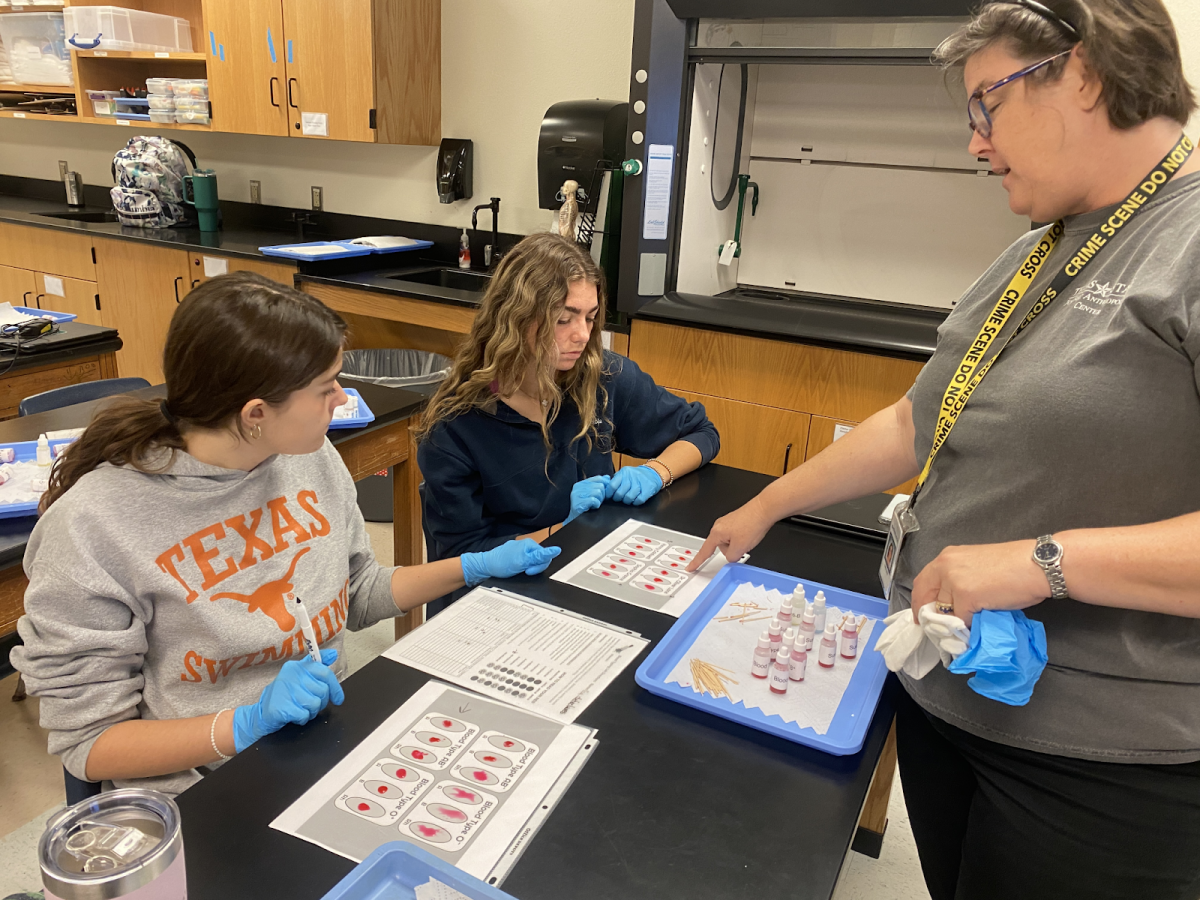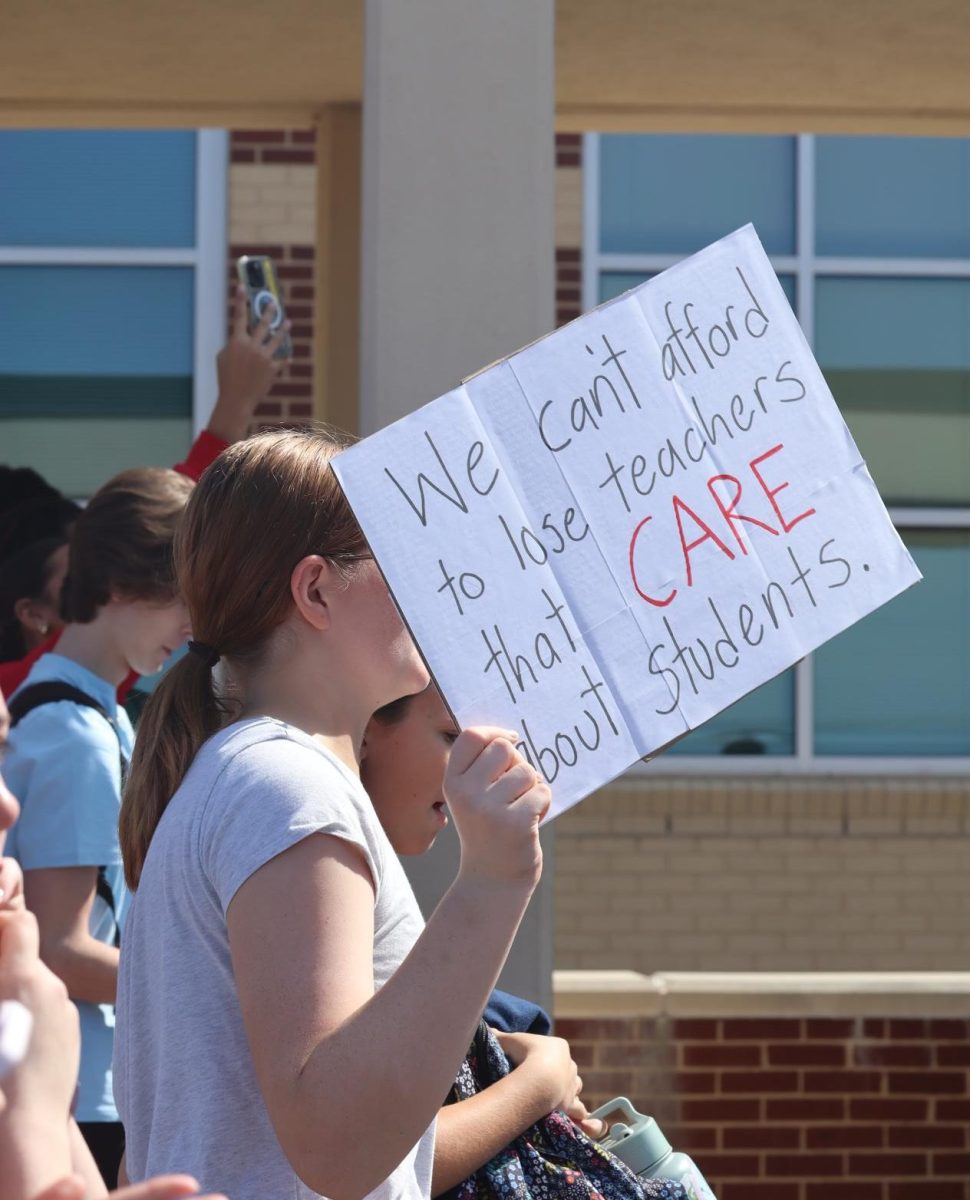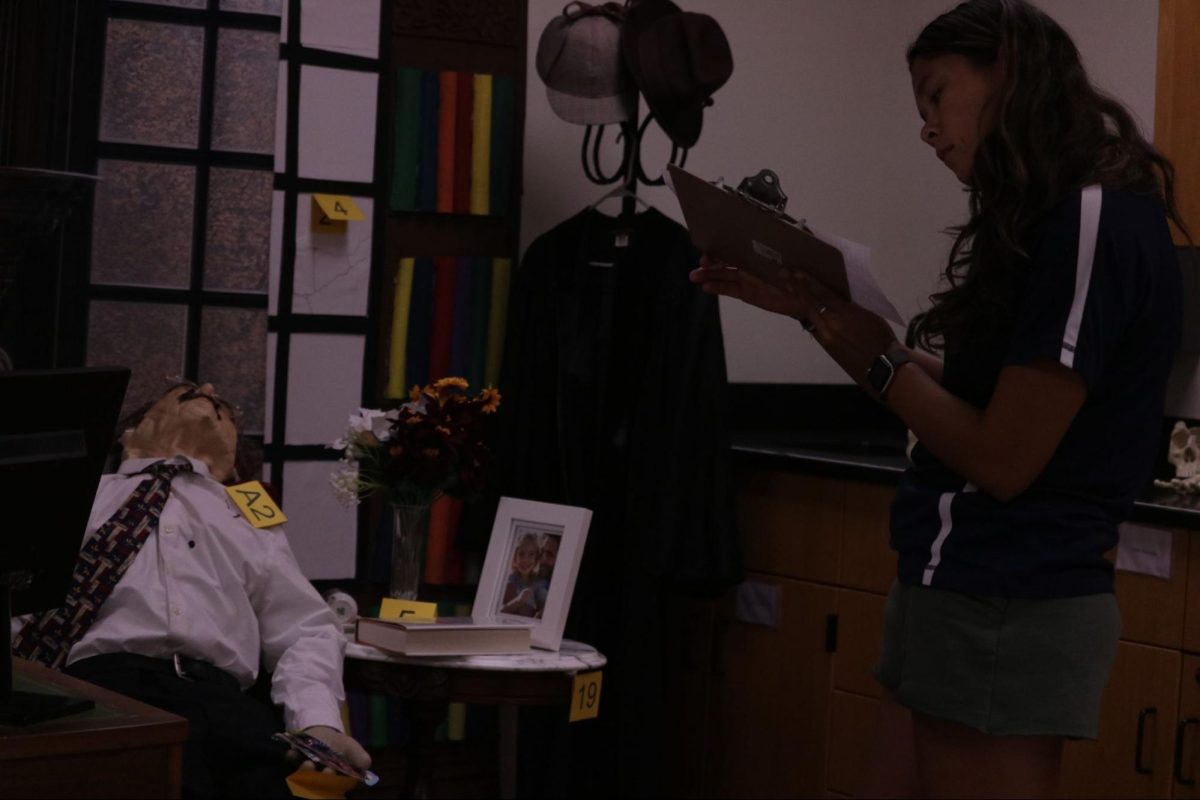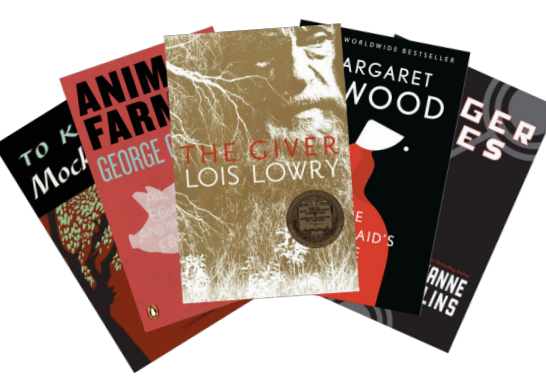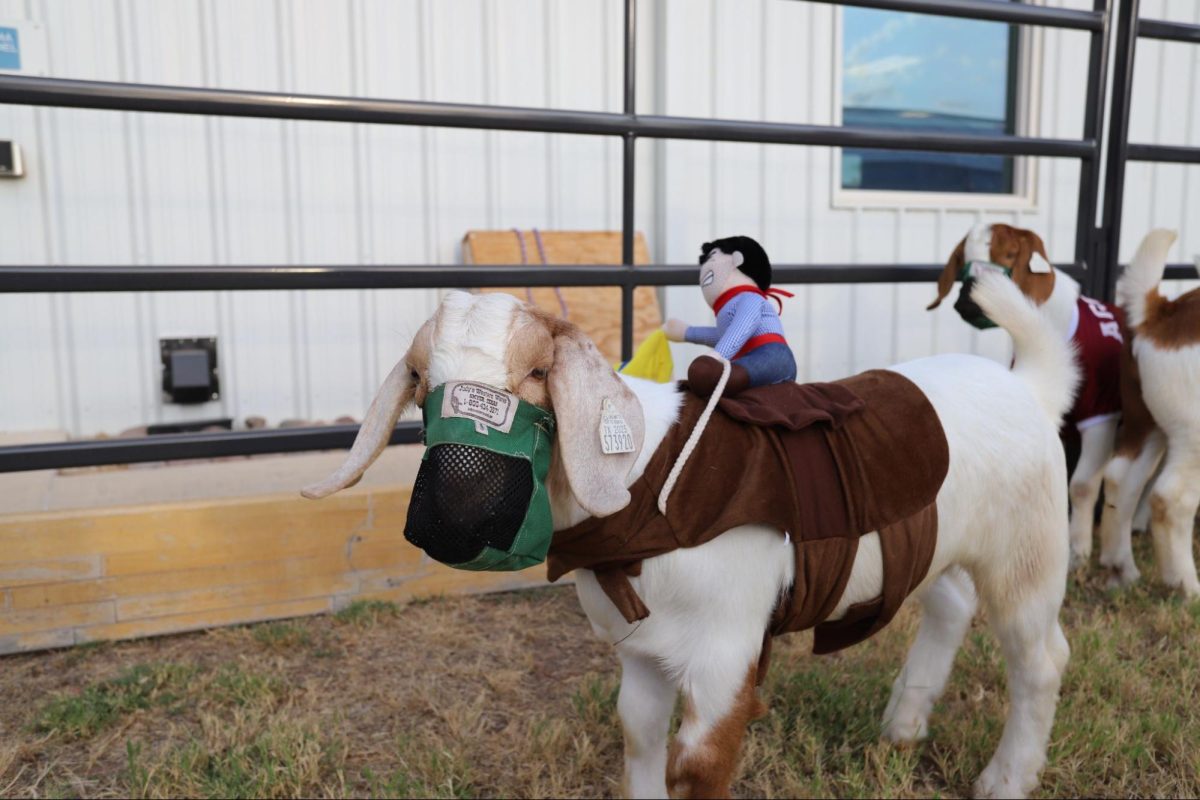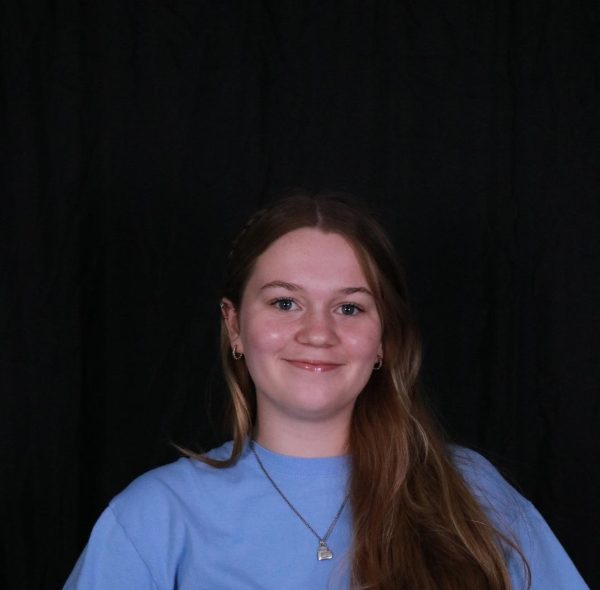On Oct. 18 and 21, forensics performed a Kastle-Meyer test, aiming to identify if a substance was blood or not and a blood typing lab in order to learn the process of identifying blood.
Students were working to identify blood samples from their Evenlyn Harper Crime scene. They used a chemical called phenolphthalein to test if their substance was blood. All of the class’s potential blood samples turned a bright, Barney pink color, meaning that all of their samples were blood.
“We were solving a case,” senior Tigerlily Broomfield said. “And we’re trying to identify whose blood we found at the crime scene. So first we all started off testing different pieces of fabric that had blood substances on them to see if they were blood, and then we found out what type of blood it was, A positive, A negative, etcetera.”
The class did controls for blood typing first, taking blood they know is a certain type and testing it to confirm they got the correct results.
“We then took the samples that we knew were blood,” forensics teacher Carol Seng said. “And did a blood typing test on them. Then we did blood typing on any evidence that was left at our Evelyn Harper crime scene to identify what blood was at the crime scene. We then took blood samples from all of our persons of interest and our subjects and tested their blood.”
Students then analyzed the DNA and were able to figure out the piece of evidence from the piece of blood evidence from the crime scene.
“I thought it was pretty cool to learn how to tell what blood types are,” senior Megan Chandonia said. “And mixing all of the stuff together. I would recommend it unless you aren’t a fan of blood.”
Performing the lab allows students to visualize what they were told and apply real forensic skills to their assignment.
“They should remember it better since they did it and they will have muscle memory to go with what I said,” Seng said. “I think it was very successful, the students that I spoke with were able to tell me what was left behind and who it belonged to.”

